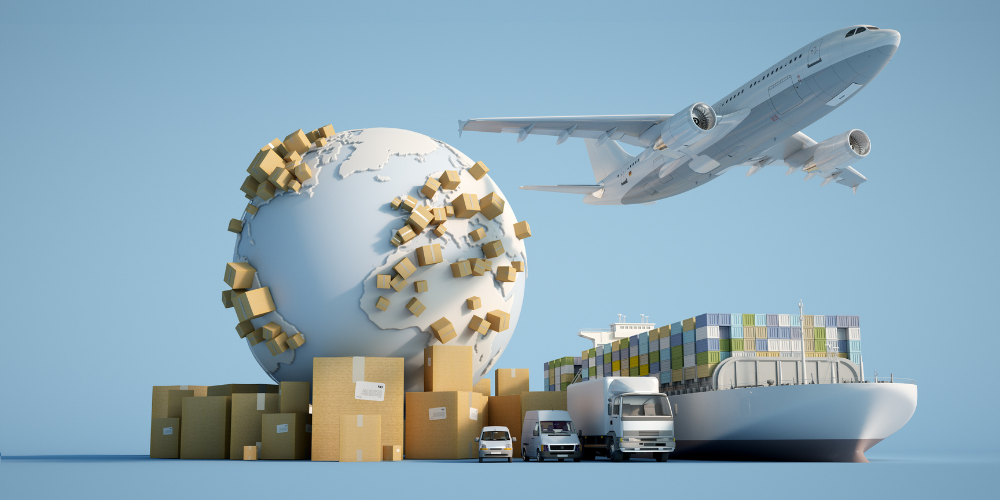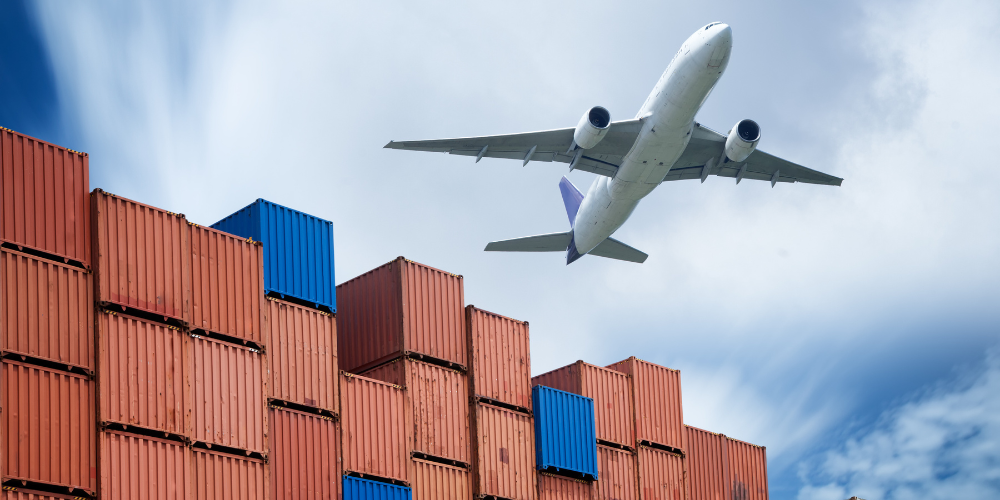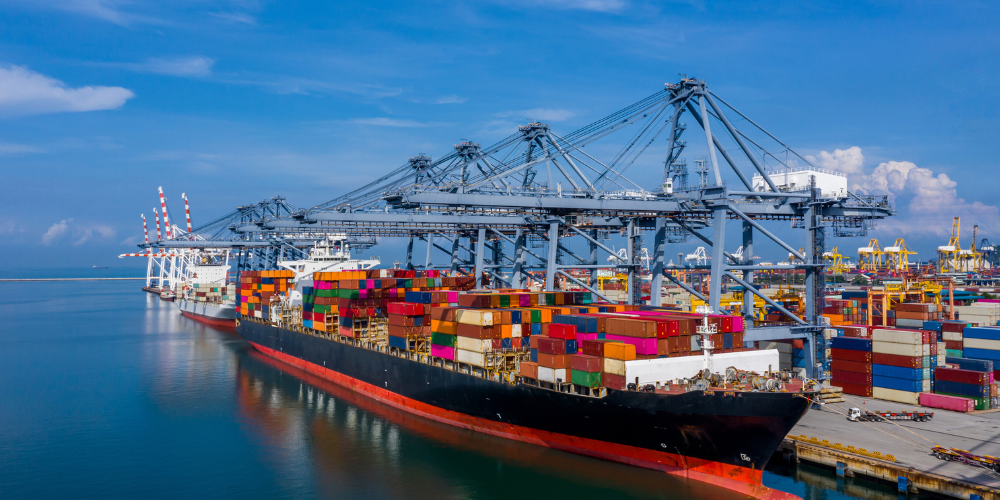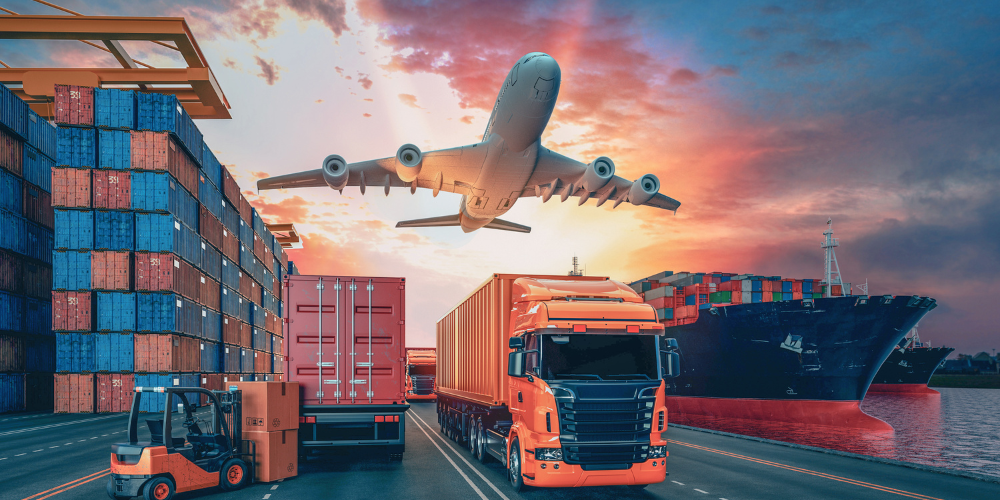Introduction:
Packaging density plays a crucial role in transportation systems, influencing efficiency, cost-effectiveness, and sustainability. It refers to the volume of goods or products in relation to the space they occupy during transportation. Maximizing packaging density is essential for optimizing logistics operations, reducing transportation costs, minimizing environmental impact, and ensuring the safe delivery of goods. This essay explores the significance of packaging density in transportation, along with notable examples that demonstrate its practical applications.
Body:
1. Efficient Space Utilization:
Packaging density directly impacts space utilization in transportation. By employing compact packaging methods, companies can optimize the use of cargo holds, shipping containers, and storage facilities. For instance, the practice of using standardized shipping containers has revolutionized global trade, allowing for easy stacking and handling, resulting in significant cost savings and streamlined logistics. These containers efficiently utilize available space, both on ships and trucks, maximizing the number of products transported per unit of space.
2. Reduction in Transportation Costs:
Enhancing packaging density can lead to substantial cost savings in transportation. When more goods can be accommodated in a single shipment, fewer trips are required, reducing fuel consumption, labor costs, and associated overhead expenses. In the case of bulk goods, adopting specialized packaging techniques such as vacuum sealing or compressing can significantly increase packaging density, allowing for more efficient transport and lower shipping costs.
3. Environmental Impact and Sustainability:
Achieving higher packaging density contributes to sustainability efforts by reducing carbon emissions and minimizing environmental footprint. By optimizing the volume of transported goods, companies can decrease the number of vehicles required for transportation, leading to a reduction in greenhouse gas emissions. Furthermore, compact packaging reduces the demand for raw materials, saving natural resources and minimizing waste generation. Companies that prioritize packaging density also demonstrate their commitment to sustainable practices, appealing to environmentally conscious consumers.
4. Examples of Packaging Density Optimization:
a) Amazon's "Frustration-Free Packaging": To enhance packaging density and customer experience, Amazon introduced "Frustration-Free Packaging." This initiative aims to eliminate excessive packaging materials and use compact designs that optimize space utilization. By doing so, Amazon has reduced transportation costs, improved delivery efficiency, and minimized waste generation.
b) Automotive Industry: Car manufacturers utilize intricate packaging methods to optimize space within transportation containers. Components such as engines, transmissions, and other parts are precisely arranged to maximize packaging density, reducing shipping costs and streamlining logistics operations.
c) E-commerce Industry: With the rapid growth of e-commerce, companies like Alibaba and JD.com have implemented innovative packaging solutions. They employ efficient packaging materials and designs to minimize wasted space, leading to higher packaging density and improved operational efficiency.
Conclusion:
Packaging density is a critical factor in transportation systems, affecting efficiency, cost-effectiveness, and sustainability. By optimizing space utilization, companies can reduce transportation costs, minimize environmental impact, and enhance customer satisfaction. Examples such as Amazon's "Frustration-Free Packaging" and the practices adopted in the automotive and e-commerce industries demonstrate the practical application and benefits of packaging density optimization. Embracing these principles enables businesses to thrive in a highly competitive market while promoting environmentally responsible practices.
Supply Chain & Procurement Programs from Fhyzics:
Certified Supply Chain Professional (CSCP)
Certified in Planning and Inventory Management (CPIM)
Certified in Logistics, Transportation and Distribution (CLTD)
Certified Inventory Optimization Professional (CIOP)
Certified Professional in Sourcing Excellence (CPSE)
Certificate in Supply and Operations, CIPS Level-2
Advanced Certificate in Procurement and Supply Operations, CIPS Level-3
Diploma in Procurement and Supply, CIPS Level-4
Advanced Diploma in Procurement and Supply, CIPS Level-5
Professional Diploma in Procurement and Supply, CIPS Level-6





